REDEMPTION COMES FOR A BOY FIREBUG (1913)
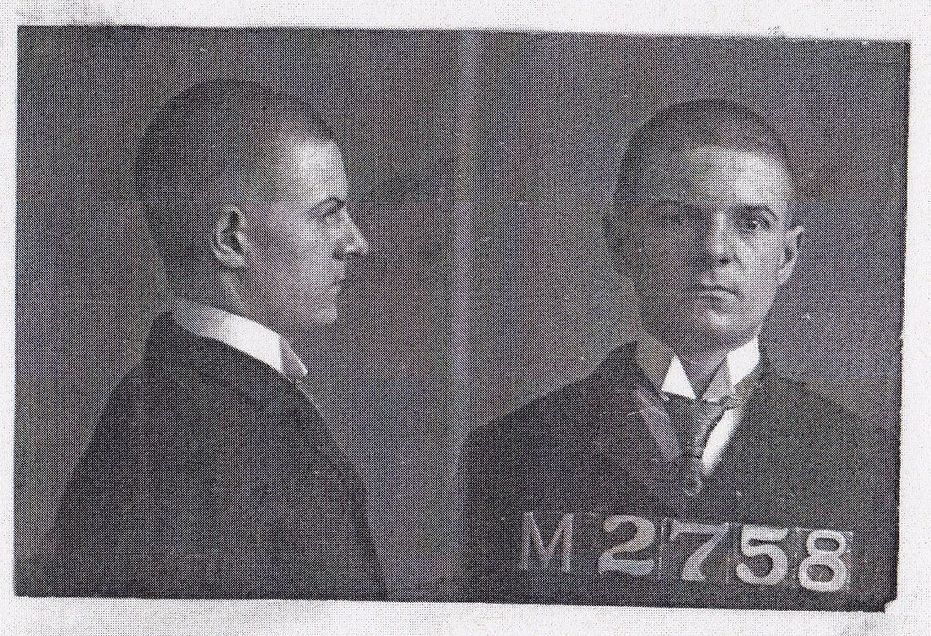
Brownstone Detectives investigates the history of our clients’ homes.
The story you are about to read was composed from research conducted in the course of one of those investigations.
Do you know the history of YOUR house?
********************************************************************************************************************************
(Ed.’s Note: A few weeks ago we received a letter from out of the blue. The writer claimed something fantastic – something astounding. It was a coincidence that spawned a story which gave life to an incredible – but true – tale. A story that we had written in a Brownstone Detectives blog several months earlier had recently popped up in this gentleman’s Google search about his great-grandfather. His great-grandfather, though, was no ordinary Brooklynite. For months in 1899 he had set fires in the houses – and fear in the hearts – of the Brooklynites of the Eastern District. He had also set the city to talk about, theorize on, and fabricate what had been causing the fires and where they would blaze next.
The story you will read lays out the very particulars and the characters involved in the case. It is written by a particularly credible and relevant source of the information, information that was uncovered through some keen and dedicated detective work. For the gumshoe detective work behind this piece of crime investigation was performed by a man who only last year came to learn of this fantastic and amazing tale – fantastic because it was about his family, and amazing because no one in his family knew anything about this singular story.
The writer is the great-grandson of the subject. The subject is “The Boy Firebug” of Brooklyn.)
I’ll never forget the day I learned my great-grandfather was a serial arsonist.
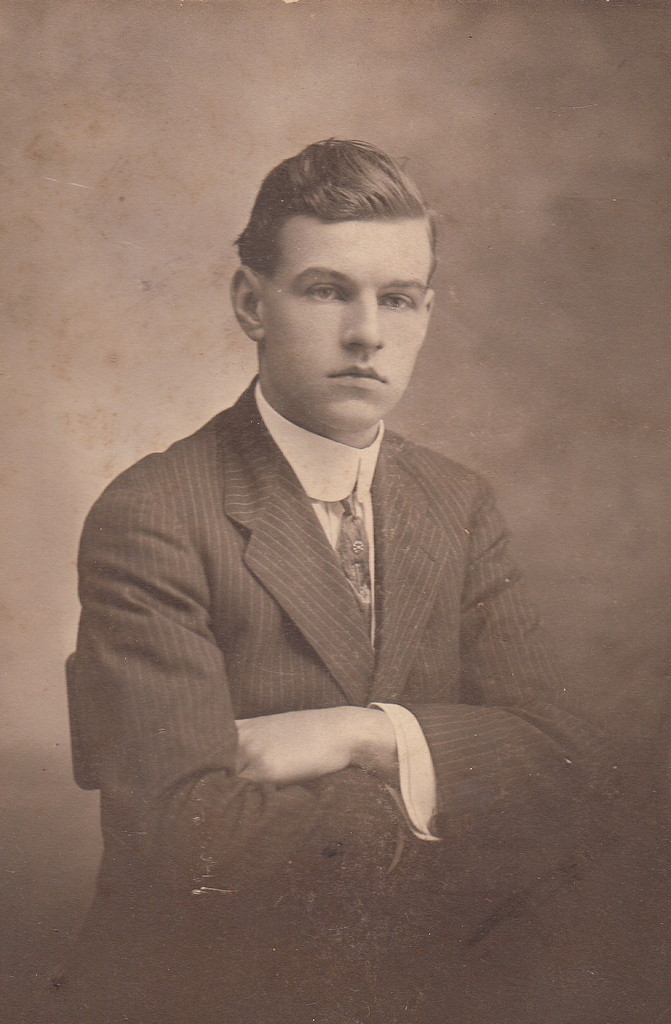
That moment represented well over a year spent unraveling a family mystery that I was determined to solve, and in all honesty, for me, the emotion of the moment was glee.
For the last two years, I’ve been on a journey of discovery. Using Ancestry.com as a springboard, I have traced my family’s roots back to the island of Sicily, colonial Massachusetts, County Mayo in Ireland, and New York City of the late 19th and early 20th centuries (among other places).
My family’s story reads much like anyone else’s. Hardworking immigrants from Ireland, Italy, and Germany arrive in the U.S. in the mid-late 19th century, and begin working their fingers to the bone at intensely physical and unrelenting trades to make a better life for their children and ultimately, their descendants. They are shoemakers, factory workers, farmers, and tradesmen.
One branch of my family tree stretches farther back than any other. Ancestors from my grandmother’s side of the family arrived in colonial Massachusetts in the early 1600s. I have a relative by marriage that came over on the Mayflower. That strand is traceable back to Suffolk, England in the early 16th century.
While that’s pretty cool, very little in my family tree eclipses the name “Irving Allison Taylor.”
WAY BEFORE THE FIRST MATCH WAS STRUCK
Born in Wisconsin in 1883, Irving would become the conversation piece to end them all when delving into my family’s murky past. As my parents have told me on numerous occasions, no one in their family had been able to discuss what came before. All their grandparents (save one) were gone before they were born. Nothing was passed down: no stories, no anecdotes, nothing. I had names and that was it.
So, armed with those names I started searching census records on Ancestry.com. I found Irving Taylor on a number of state and national censuses living with his family in Brooklyn both at the beginning and end of his life. Thankfully, I knew his middle name: Allison, which he often used as his first name.

However, my eyes widened when I found Irving listed at the Elmira Correctional Facility on the 1900 U.S. Census. I knew it was him because his age was correct, as well as the fact he was born in the Midwest (erroneously listed there as Minnesota). Censuses can be wildly inaccurate, but as a starting point, they were a godsend for me.
At this point, I really had no idea how to proceed. I wanted to know what he had done to land himself in jail at the tender age of 17. I was new to the world of genealogy, and I decided to set aside the mystery of Irving for a time to investigate other branches of my family tree, always knowing I would come back to him.
Perhaps a year later, I resolved to unravel the mystery. In the interim, I discovered much about the Taylor family.
THE MYSTERY BEHIND IRVING
The earliest known Taylor was John B. Taylor, a shoemaker who was born in New Jersey around 1798. John and his wife Priscilla raised six children, including Andrew Wilford Taylor, an iron moulder (someone who works in a smelting plant or foundry) who was born in 1832.
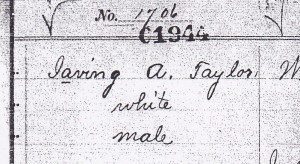
Andrew married Catherine Blanchard around 1853, and they had five children, including Irving Clinton Taylor, Irving Allison’s father.
For reasons I have yet to fathom, Irving C. Taylor moved to Wisconsin between 1876 and 1879 and there he met and married Mildred Pauline Wegner, an immigrant from Germany who arrived in the U.S. when she was a child.
Irving and Mildred had their first child, a son, in 1881, and named him Irving. However, baby Irving died in infancy from cholera.
In May of 1883, Mildred gave birth to another son: Irving Allison. They had a daughter Edna in 1885, and soon after they returned to Brooklyn, where Irving A. Taylor was raised.
A FIREBUG IS BORN
By all accounts, life was hard for the Taylors. They moved constantly from tenement to tenement, and by the time of Irving’s arrest he had lived in at least five different places. They had several sickly children, a number of whom died very young. Despite working his whole life as a tradesman, Irving C. Taylor ended his life as a janitor.
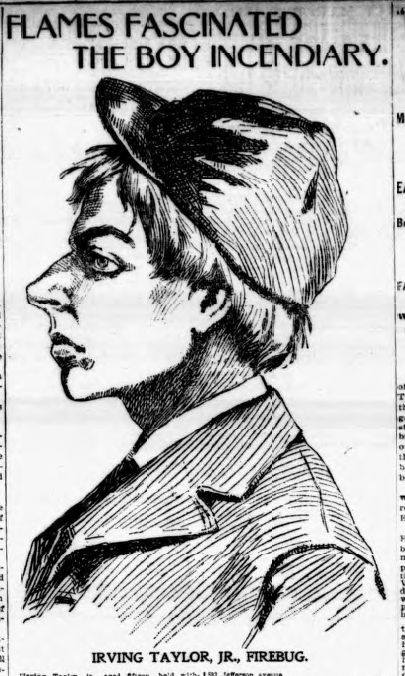 Much of what I pieced together about the Taylors came from birth, death, marriage, and census records. I knew they lived in Brooklyn and decided to contact the New York City Department of Records Municipal Archive. I cannot stress how helpful people were to me as I dug deeper and deeper. They suggested that if I knew the date Irving was convicted I could access his court transcript and prison record.
Much of what I pieced together about the Taylors came from birth, death, marriage, and census records. I knew they lived in Brooklyn and decided to contact the New York City Department of Records Municipal Archive. I cannot stress how helpful people were to me as I dug deeper and deeper. They suggested that if I knew the date Irving was convicted I could access his court transcript and prison record.
How would I find that out? An archivist suggested I search the archives of the Brooklyn Daily Eagle, which had been digitized and were online. Within five minutes of accessing the site, all my questions were immediately answered. I typed “Irving Taylor” into the search bar, and immediately five articles appeared, relating his arrest, trial and conviction for third degree arson. Dubbed, “The Boy Firebug” I typed that nickname into the Google search bar along with his name, and more articles appeared from other local papers, including the New York Times.
The first thing I did was call my father, who was incredulous. We agreed that it was very likely his mother (my grandmother) knew nothing of this, as Irving died when she was 12. If she did, I can imagine she would not share it, as it is hardly a matter of pride. My grandmother died when I was 18, and we only discussed her parents in the most peripheral way. However, when you’re as far removed from the story as I am, it is simply a fascinating story about people I never knew (and who my father never knew).
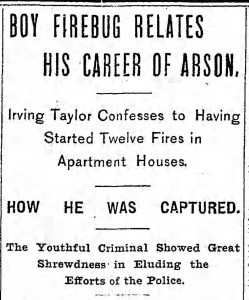
The floodgates really opened after I found those articles, and much of what I discovered was detailed in Brian’s earlier excellent Brownstone Detectives piece about my great grandfather. He was suspected of setting 12 fires in Brooklyn over the course of two months. What struck me the most was the salacious manner in which the information was presented: yellow journalism was in full flower then, and you would think Irving was the epitome of evil from their exaggerated descriptions of him. One sketch of him that appeared in one local paper bore little resemblance to the young man depicted in his mugshot.
I should pause to note that I am so grateful Irving never harmed or killed anyone, as there is no mention of any serious injuries or deaths resulting from his actions. My very existence is predicated on the fact he did not cause grievous injury. He was ultimately convicted of a third degree felony, sentenced to 15 years in prison, only serving three. In one article, Judge Aspinall notes that he could be out early for good behavior and that would appear to be what happened.

My most fascinating discovery came from the New York City Court archives. Once I provided the conviction date, the librarians there located over 100 pages of documents relating to the case. At first I believed it to be the trial transcript. It was in fact mostly comprised of testimony given before a special commission empanelled by Judge Aspinall to determine whether or not Irving was sane when he committed these crimes. Additionally, there were hospital records, arrest records and other court documents.

These documents, which include the verbatim testimony of Irving, his mother, doctors, former employers, teachers, and family friends paints a vivid portrait of his family’s life, how they spoke, and what kind of child he was. Many of the articles pointed to his cigarette addiction as a cause of his mania. In the transcripts, Irving admits to smoking two to three packs a day and having started the habit when he was seven or eight years old.
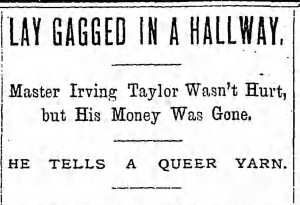 His mother admits he is prone to “taking fits” and being hospitalized at least once. He quits school at 13 to become a wagon boy for a rug salesman, and later for Abraham and Strauss. It’s during that time he first came to the attention of police after fabricating a story about being tied up and robbed, when in fact he stole money collected from customers and frittered it away on cigarettes and the burlesque. From there he goes to work for a fish monger, delivering fish to local customers, and it’s then his “reign of terror” began.
His mother admits he is prone to “taking fits” and being hospitalized at least once. He quits school at 13 to become a wagon boy for a rug salesman, and later for Abraham and Strauss. It’s during that time he first came to the attention of police after fabricating a story about being tied up and robbed, when in fact he stole money collected from customers and frittered it away on cigarettes and the burlesque. From there he goes to work for a fish monger, delivering fish to local customers, and it’s then his “reign of terror” began.

Based on the transcripts his mother Mildred was obviously wildly misinformed about his whereabouts, having no idea he enjoyed the company of women, went to burlesque shows, was quick tempered, drank beer, and consorted with a deviant crowd, to say nothing of his pyromania.
Despite the overwhelming evidence against him, Irving denied setting the fires in the transcript. He admitted to fabricating the earlier robbery, but claimed to know nothing about any of the blazes despite the preponderance of evidence against him and the fact he allegedly confessed when taken into custody. He comes across as a cool sociopath in the transcripts.
ARSON IN THE SECOND DEGREE
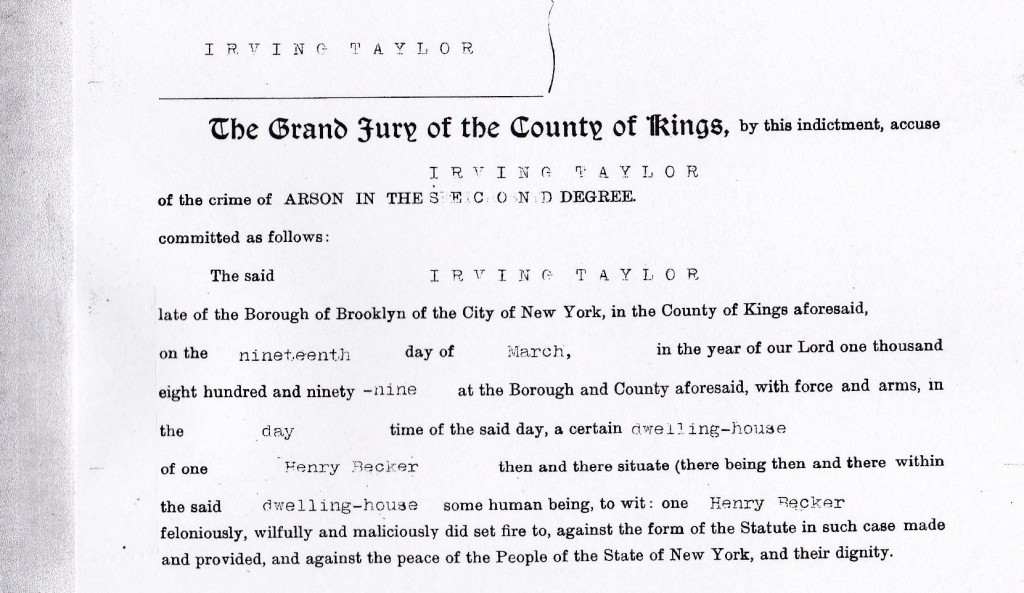 Irving Allison Taylor was sentenced to 15 years in prison with the promise he would be released early for good behavior. I contacted the New York State archive and was able to obtain a four-page prison record that included a 115-year old mugshot. His century-old gaze is disconcerting to say the least.
Irving Allison Taylor was sentenced to 15 years in prison with the promise he would be released early for good behavior. I contacted the New York State archive and was able to obtain a four-page prison record that included a 115-year old mugshot. His century-old gaze is disconcerting to say the least.
The handwritten prison record gives no indication he is repentant. In fact, on one page the phrase, “Planning an Escape,” is written boldly. On another page, the word “Firebug” is written larger than any other word. He is listed as “tubercular,” and that’s worth noting as his father, grandmother and great-grandfather all died before age 50 from pulmonary ailments.

In 1902, Irving was transferred to Eastern New York Reformatory and released the same year. He made his next appearance on the 1905 NY State census, back in Brooklyn living with his mother and sister. His father died in 1903.
He does not appear on the 1910 U.S. Census (to my knowledge) but his future wife, Anna Mason, does, so they were not yet married. Between that time and 1912 they are married as my grandmother Mildred Adelaide Taylor was born in February of 1913. I have my grandmother’s birth certificate, and on it Irving’s occupation is listed as “Motorman.”
MARRIAGE AND FAMILY LIFE
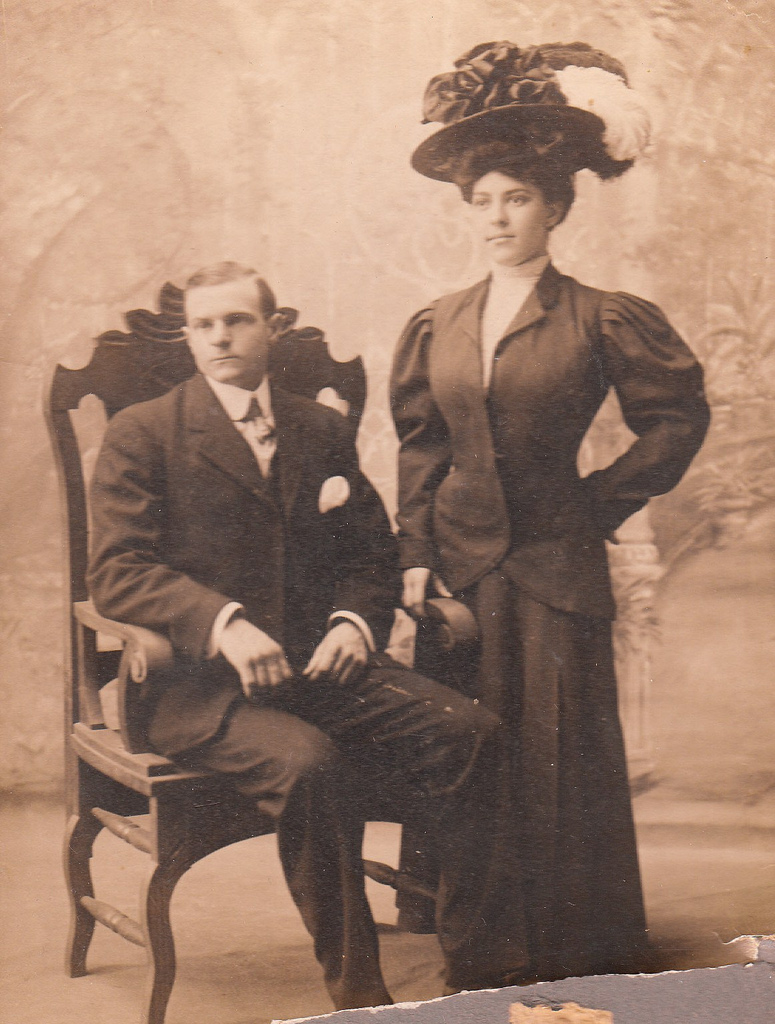
On the 1915 NY State Census he appears with his wife and two children and is listed as a driver. I cannot make out his occupation on the 1920 census.
Irving Allison Taylor died on May 6, 1925, a little under a month shy of his 42nd birthday, and the cause of death is listed as “pulmonary tuberculosis.” His occupation is listed as “traffic policeman” for the Long Island Rail Road.
Through sheer happenstance, I came upon Brian’s Brownstone Detectives site after Googling “Firebug” and “Irving Taylor. I’m always on the lookout for new information about him, and I was shocked to find that someone had learned about him completely independent from me, and considered him worthy of a piece. I reached out to Brian and he was gracious enough to allow me a forum to share everything I learned about my great-grandfather, and how I learned it.
My father and I have postulated that perhaps it was the love of a good woman that set him on the straight and narrow path, or that he was “scared straight” in prison. However he came to this transformation, I am eternally grateful for it, because as I indicated before, my existence hinges on his becoming a good citizen and a family man. How good a family man he was we’ll never know. He casts a stern expression in every photo, but so did everyone back then.
…AND FINALLY, REDEMPTION…
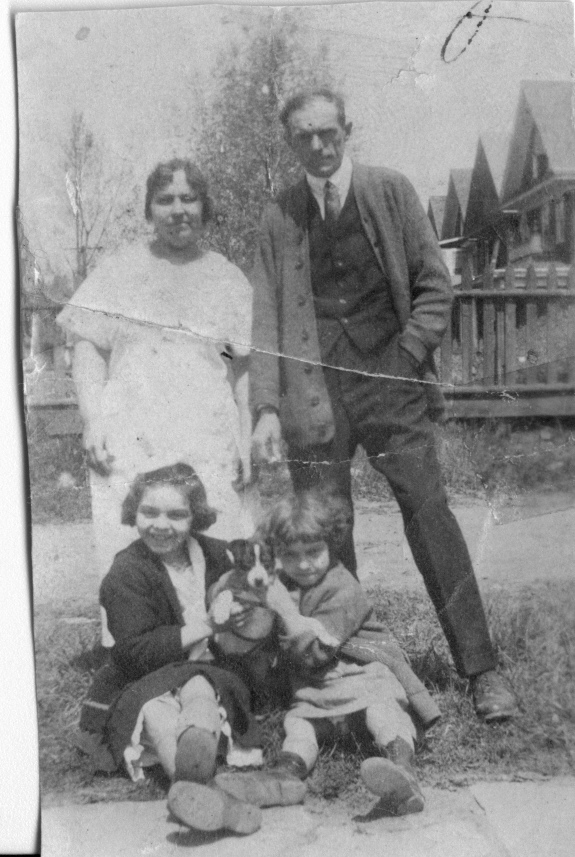
I’m happy that Irving came to a good end. Whatever caused him to commit these awful crimes ultimately did not define him. It’s true he caused a great deal of pain and heartache for his family and his victims, and one would hope he truly regretted it. I have to believe he did, because he raised two children who grew up to be good wives and mothers, and one of those women raised my father, the best man I know.
Irving’s daughter Mildred married Natalino Vivona in 1943, and they had two children: Frank (my father) and Frances (my aunt). Frank married Catherine Barrens in 1968, and I am their only child.
It’s been a wonderful and enlightening experience learning about all the branches of my family tree, and being able to share that with my parents and extended family. It can be disconcerting learning certain things that many might think are best left hidden. Some may think that because this man’s blood courses through my veins I should be troubled. I choose to look at it another way. Everything that happened, good and bad, down through the centuries, eventually leads to me, and I’m happy to be here.
Irving overcame his demons to become a good person, and don’t we all have demons to overcome? Don’t we all struggle to represent our better angels? And how often do we simply live with our shortcomings rather than do something about them? Most people might not change as dramatically as Irving did, but in my eyes his is a success story. If he can come back from such dissolute beginnings isn’t there hope for all of us?
For a map of Irving Taylor’s arson targets – drawn from the Brooklyn Daily Eagle newspaper – click here.
For a look at many of the fascinating court and inquest records that Steve discovered in his research work, click here.
Steve Vivona has been a writer and journalist for nearly 20 years. His freelance work has appeared in newspapers throughout the country, and he has interviewed such luminaries as Carroll O’Connor, Steve Allen, Stacy Keach and former baseball commissioner Bowie Kuhn, among many others.
———————————————————————————————————————–
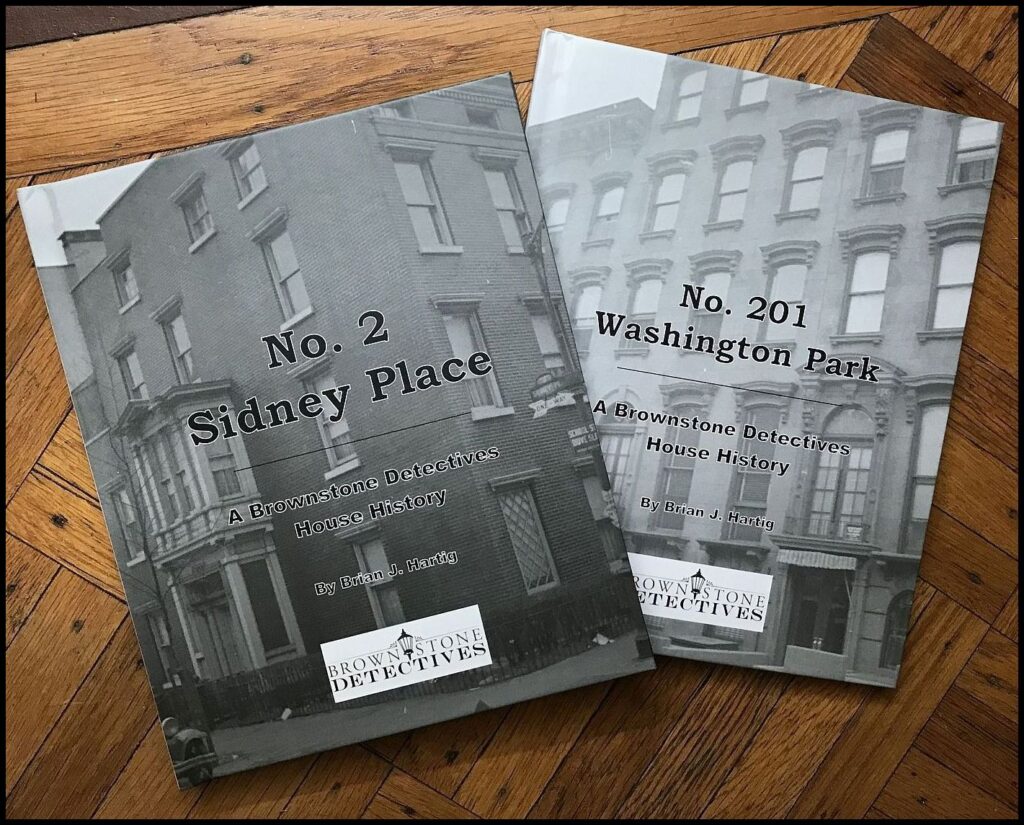 Brownstone Detectives is an historic property research agency. Our mission is to document and save the histories of our clients’ homes. From our research, we produce our celebrated House History Books and House History Reports. Contact us today to begin discovering the history of your home.
Brownstone Detectives is an historic property research agency. Our mission is to document and save the histories of our clients’ homes. From our research, we produce our celebrated House History Books and House History Reports. Contact us today to begin discovering the history of your home.